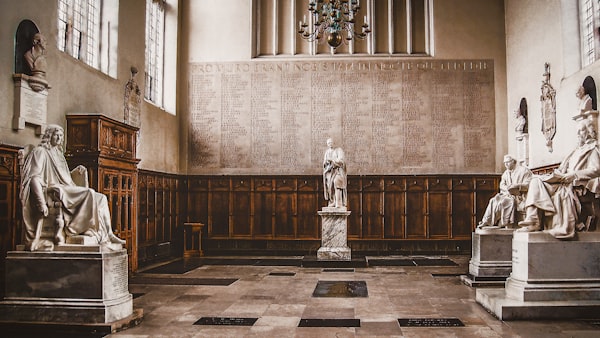Saludos Amigos
(This is part of my journey through Disney Animation. For more thoughts on other films, check out my series!)
Disney is in tough times. It's 1942, and a war is raging in Europe, closing the international market to movies such as Bambi and Fantasia, movies in dire need of money to offset their budgets. But since the world is at war, America is in need of a better outlook on the world and in comes federal money to send Walt Disney to South America with a group of artists to do a good relations press tour. Out of this trip comes two films: Saludos Amigos and The Three Caballeros, the first of which I will discuss here.
Saludos Amigos is partly a collection of short cartoons, and partly a documentary. Introducing each of the four short cartoons is footage of the people and sights of each nation visited. It begins with a short entitled "Lake Titicaca," featuring Donald Duck exploring Peru as an American tourist. We then travel to Chile and watch "Pedro," a cartoon about a little mail plane on his first flight. Then the team travels to Argentina where we meet the gaucho, prompting "El Gaucho Goofy," where Goofy as an American cowboy learns how similar he is to the Argentinian rancher. Finally, we reach Brasil and see "Aquarela do Brasil", and Donald meets the new character José Carioca and learns the samba.

Each section of this film is a fun travelogue and you really feel as if you went to those countries and got to experience the culture and people of these places. And not only do you get to see footage of the real place, you get a cartoon version of it all to see it with new eyes and experience it with your favorite characters. And since the Disney cartoons were already popular in South America, this film
. . . did more to cement a community of interest between peoples of the Americas in a few months than the State Department had in fifty years. [1]
So it seems that Walt Disney's trip was a success. They made everyone happy, and even made enough money to not need the government's subsidy after all. However, not everything is as good as it may seem. Some argue that the film presents simplified and unfair perceptions of the Latin American people. It doesn't take much to look at these cartoons and see validity in their arguments. In "Lake Titicaca," Donald is the stereotypical American tourist, taking pictures of the native people like he's at a zoo and imposing jazz music on their tradition of playing music for the llamas. "El Gaucho Goofy" claims that the gaucho is pretty much our American cowboy, limiting their culture to our own right after being introduced to it. Alfred Charles Richard Jr. sees this as Walt Disney merely seeing what he wants to see on the expedition:
Walt Disney's perception of Latin America and its citizens is no different from his perception of the United States. A trip to one of his theme parks will testify that his idea of the U.S. is just that—an idea, not a reality, and a reflection of what Disney wanted the U.S. to be, rather than what it really is. Disney's manipulation of cultural reality into idealized fantasy was not limited to his own country, however; it extended to depictions of the rest of the world. Saludos Amigos! (1942) and Three Caballeros (1944)—films designed to interpret Latin America for wartime U.S. audiences—were among the earliest remakings of other cultures, presenting Latin America and Latin Americans not as they were but as Walt Disney thought they ought to be. [2]

However, for a largely American audience surprised that skyscrapers even exist in these countries, is it wrong for Walt to find common ground to help people relate? Is it propaganda to show Americans that people in Southern America are humans much like them? Perhaps the film is too quick to show the similarities before giving them their proper due, and sure Richard has a point when he continues by saying,
Cross-cultural friendship between Americans—whether Latin or Anglo—is as easy as saying hello, the film suggests. [3]
But is saying "hello" ineffective? It seems like a good place to start, and this joint project between the two Americas seemed to at least bring many smiles to faces in a difficult time. While not a perfect attempt, Disney was able to provide what it always has through its cartoons: hope, laughter, and a reminder that everything is going to turn out ok.
What do you think? Were Walt's attempts at artistic diplomacy too heavy-handed? Or is their merit in his methods? Chime in below, I'd love to hear what you think!
1. Richard, Alfred Charles Jr., Censorship and Hollywood's Hispanic Image: An Interpretive Filmography, 1936-1955, (Westport: Greenwood, 1993), 274.
2. Bernice Nuhfer-Halten, “Beyond the Ratoncito: Disney's Idea of Latin America,” in Learning from Mickey, Donald and Walt: Essays on Disney's Edutainment Films, ed. A. Bowdoin Van Riper (McFarland & Company, Inc, 2011), 209.
3. Ibid., 212.





